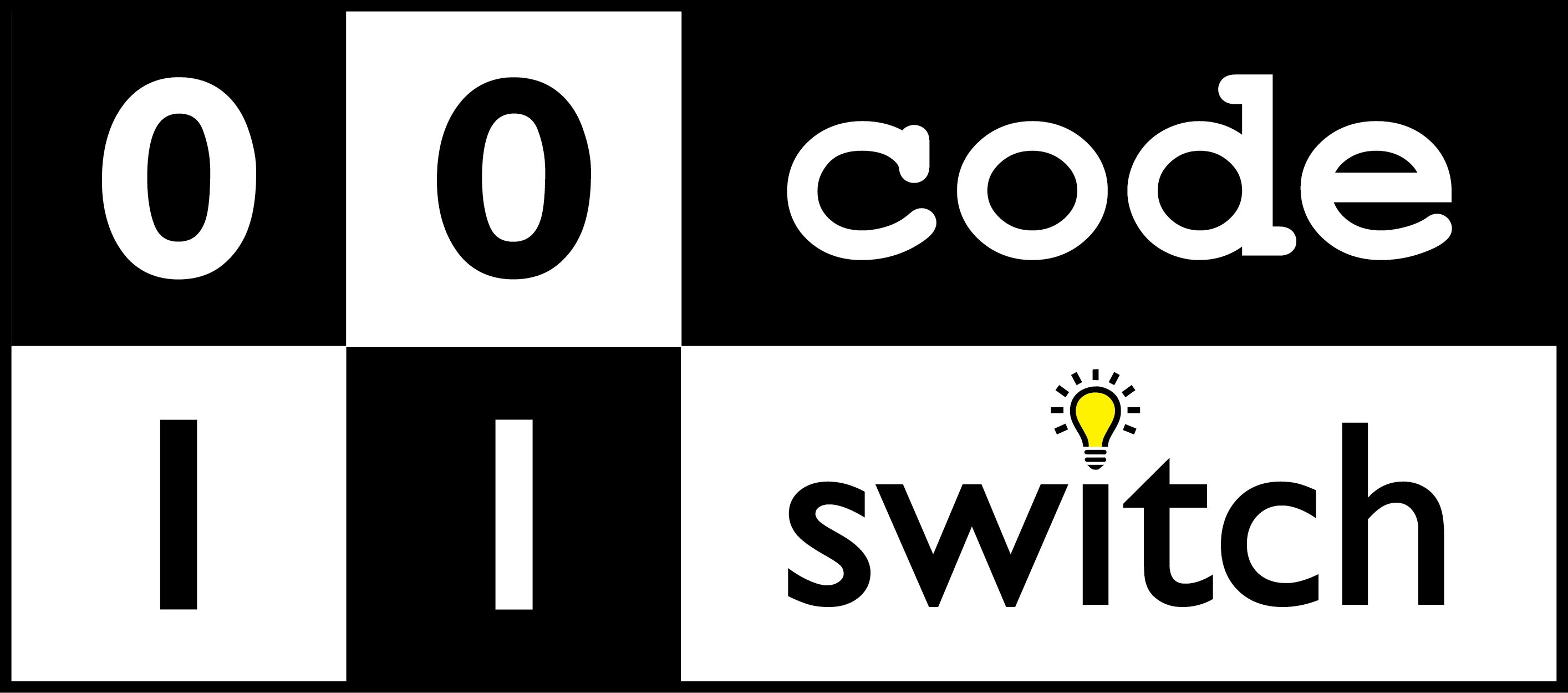Discovery & Define: Understanding the Problem
“Framing the right problem is the only way to create the right solution.”
WHAT is the Discovery and Define mode
The Discovery and Define mode of the design process is all about bringing clarity and focus to the design space. It is your chance, and responsibility, as a thinker to define the challenge you are taking on, based on what you have learned about your user and about the context. After becoming an instant-expert on the subject and gaining invaluable empathy for the person you are designing for, this stage is about making sense of the widespread information you have gathered.
The goal of the Discovery and Define mode is to craft a meaningful and actionable problem statement – this is what we call a point-of-view. This should be a guiding statement that focuses on insights and needs of a particular user, or composite character. Insights don’t often just jump in your lap; rather they emerge from a process of synthesizing information to discover connections and patterns. In a word, the Define mode is sensemaking.
WHY discovery and define
The Discovery & Define mode is critical to the design process because it results in your point-of-view (POV): the explicit expression of the problem you are striving to address. More importantly, your POV defines the RIGHT challenge to address, based on your new understanding of people and the problem space. It may seem counterintuitive but crafting a more narrowly focused problem statement tends to yield both greater quantity and higher quality solutions when you are generating ideas. The Define mode is also an endeavor to synthesize your scattered findings into powerful insights. It is this synthesis of your empathy work that gives you the advantage that no one else has: discoveries that you can leverage to tackle the design challenge; that is, INSIGHT.
HOW to discover and define
Consider what stood out to you when talking and observing people. What patterns emerge when you look at the set? If you noticed something interesting ask yourself (and your team) why that might be. In asking why someone had a certain behavior or feeling you are making connections from that person to the larger context. Develop an understanding of the type of person you are designing for – your USER. Synthesize and select a limited set of NEEDS that you think are important to fulfill; you may in fact express a just one single salient need to address. Work to express INSIGHTS you developed through the synthesis of information your have gathered through empathy and research work. Then articulate a point-of-view by combining these three elements – user, need, and insight – as an actionable problem statement that will drive the rest of your design work. A good point-of-view is one that:
- Provides focus and frames the problem
- Inspires your team
- Informs criteria for evaluating competing ideas
- Empowers your team to make decisions independently in parallel
- Captures the hearts and minds of people you meet
- Saves you from the impossible task of developing concepts that are all things to all people (i.e. your problem statement should be discrete, not broad.)





